#Helke Sander
Text
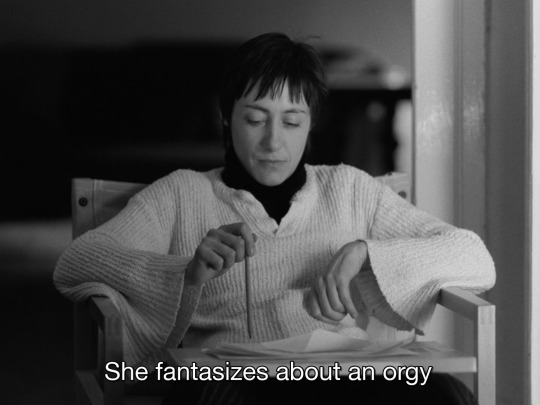
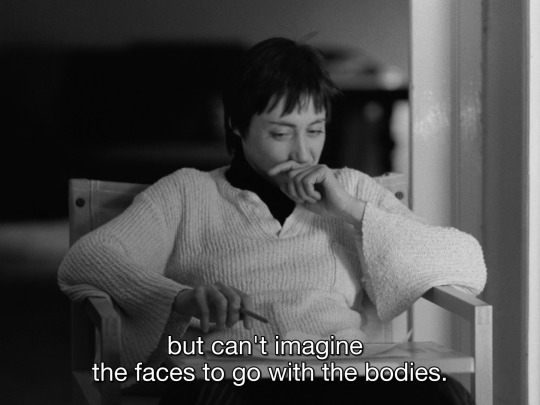
Helke Sander
- Redupers: The All-Round Reduced Personality
1977
#Helke Sander#The All Round Reduced Personality#Die allseitig reduzierte Persönlichkeit#german film#feminist film#1977
168 notes
·
View notes
Text

3 notes
·
View notes
Text
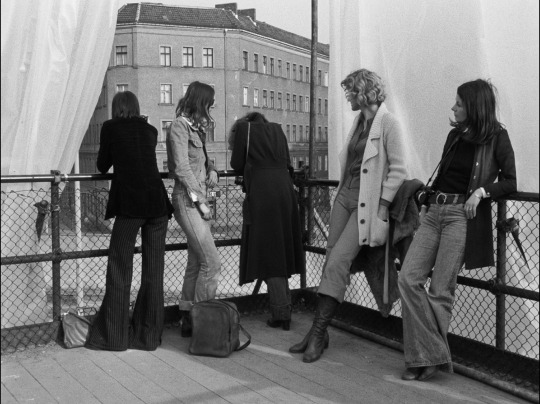

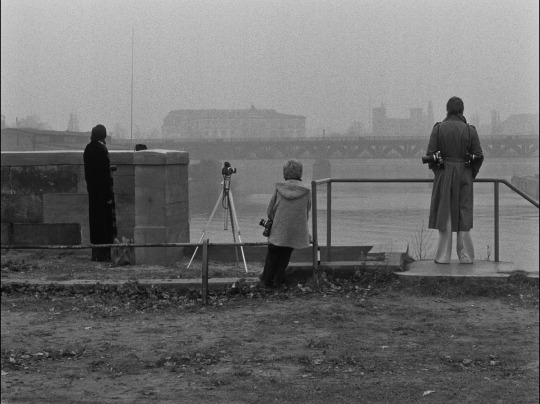


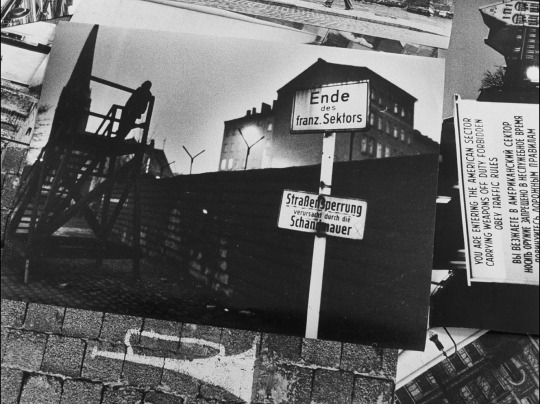
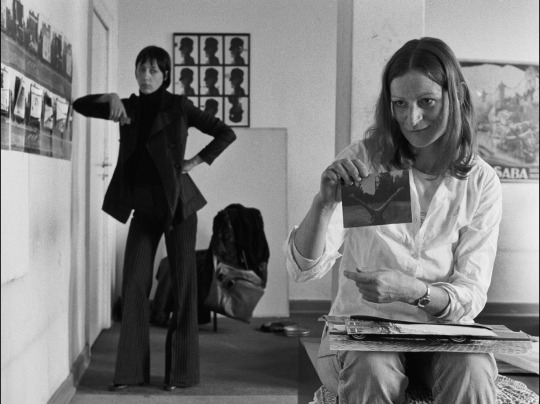

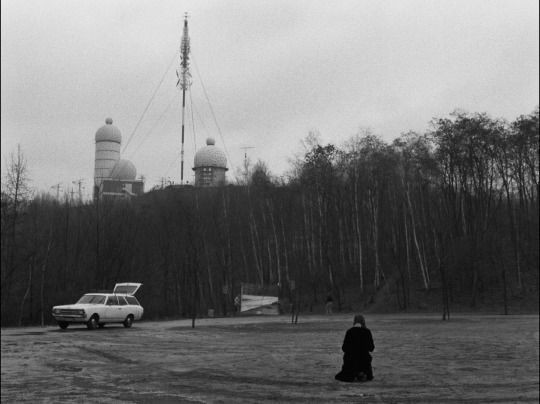
Die allseitig reduzierte Persönlichkeit - Redupers, Helke Sander, 1978
#the all-around reduced personality: outtakes#helke sander#die allseitig reduzierte persönlichkeit - redupers#die allseitig reduzierte personlichkeit - redupers
1 note
·
View note
Text
#Claudia von Alemann#Ula Stöckl#Helke Sander#Helga Reidemeister#Mubi#Claudia Lenssen#Feminist cinema
0 notes
Text

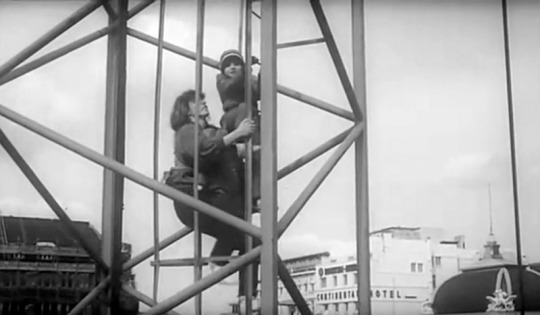
From the Reports of Security Guards & Patrol Services Part 1 (Nr. 1 - Aus Berichten der Wach- und Patrouillendienste) (1985) Helke Sander
August 4th 2023
#From the Reports of Security Guards & Patrol Services Part 1#Nr. 1 - Aus Berichten der Wach- und Patrouillendienste#1985#Helke Sander#Silvia Klaas#Nina Franoszek#From the Reports of Security Guards & Patrol Services – Part One#short
0 notes
Text
Seven Women, Seven Sins (1986)
Seven Women, Seven Sins by #ChantalAkerman, #BetteGordon, #UlrikeOttinger and others, "The ratio of good to bad is certainly better than the 1962 collection made on the same theme",
CHANTAL AKERMAN, MAXI COHEN, VALIE EXPORT, LAURENCE GAVRON, BETTE GORDON, ULRIKE OTTINGER, HELKE SANDER
Bil’s rating (out of 5): BBB
France/Austria/Belgium/West Germany/USA, 1986. Zweites Deutsches Fernsehen. Screenplay by Chantal Akerman, Maxi Cohen, Valie Export, Laurence Gavron, Bette Gordon, Ulrike Ottinger, Helke Sander. Cinematography by Ulrike Ottinger. Produced by Maxi Cohen, Maya…

View On WordPress
#Alan Colmes#Alfred Neugebauer#Andrew Casala#Austria#Belgium#Bernhard Jahn-Chor#Bette Gordon#Bev Stroganov#Brigitte Kramer#Chantal Akerman#Delphine Seyrig#Else Nabu#Eric T. Jones#Evelyne Didi#France#Gabi Herz#Gabriele Heidecker#Ged Marlon#Helke Sander#Irm Hermann#Kate Valk#Laura Bang#Laurence Gavron#Leah Sperry#Lida Drummond#Louis Eppolito#Luis Guzmán#Manuela Gourary#Marshall Jacobowitz#Martin Nelson
0 notes
Text
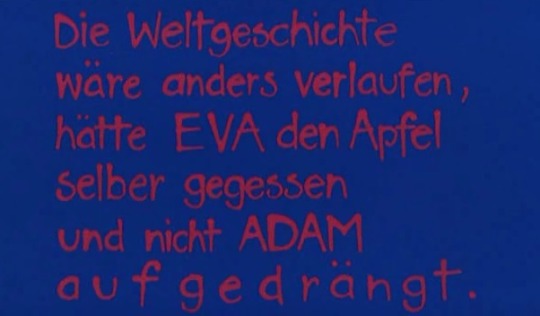
völlerei? füttern! (1986, dir. helke sander)
2 notes
·
View notes
Link
0 notes
Text
Chantal Akerman, Jeanne Dielman and the 68's feminist movement
In 1968, student and feminist demands began to shake paternalistic societies in Western Europe and the United States. Women's movements developed, with discussion groups and street demonstrations. Women demanded their right to speak out in the face of male-dominated student groups, which often forgot about them in their meetings and demands. They campaigned for their rights to equality between men and women and against the structures of patriarchal societies that subjugated them and locked them into roles (housewives, good wives, etc.). The women's movement, its ideas and theories, also spread to film-making and the arts, where issues of the female gaze and voice were discussed, as well as the invention of new cinematographic forms to counter the dominant male visions that confine women to audiovisual representations. Laura Mulvey's text Visual Pleasure and Narrative Cinema came out in 1973 and was one of the first calls for an alternative cinema that "transcends worn-out and oppressive forms, and dares to defy the normal conventions of cinematic pleasure in order to conceive a new language for desire". In their productions, the women filmmakers of this feminist avant-garde had to destroy the satisfaction and pleasures of dominant cinema in order to write a new history of women's place in cinema and society. In 1978, in an article for the German feminist journal "Frauen und Film" , of which Helke Sander was editor-in-chief, she declared that the new women film-makers had to become aware of their own oppression and the past oppression of the women who had gone before them. These contemporary filmmakers must begin to see themselves, others and society through their own eyes, with their own cinematic visions. They must break with the dominant patriarchal cinematographic forms to create new forms, content and techniques. The result will be different social conditions for women. These new cinematic visions will be able to transform society profoundly, or at least make it think differently. Chantal Akerman, who began making films in 1968 with her first short Saute ma ville, was strongly influenced by the women's movement and its reflections on cinema. The movement encouraged her to stay in film production, to make it her profession, as she declared in an interview with Cahiers du Cinéma in 1977: "(…) And there was the women's movement, and it was largely because of that that I stayed. And little by little, but very slowly, it dawned on me that cinema was becoming a profession for me, in other words that this was what I wanted to do: get myself produced and no longer work to the right or to the left, in whatever I wanted." The female rights movement is therefore an influence on her work, a driving force behind her creation. It is undeniable that this has influenced Jeanne Dielman's subject and the very form of the film.
The form of the film is indeed innovative. In 3 hours 40 minutes we see the daily life of a housewife unfold, down to the smallest detail. In her article "Death in installments ", Jayne Loader describes the aesthetics of the film as follows: "(…) Jeanne Dielman examines three days in the life of her heroine, each day consuming approximately one hour of screen space. Much of the action of the film is shot in "real time. If it takes Jeanne fifteen minutes to peel a batch of potatoes, then the fifteen minutes are presented on the screen without a cut. Yet the moments thus shown are of necessity carefully selected; three days must be compacted into three hours, rather than 72. Much of the film and, for me, its strongest sections are about housework." It is indeed unprecedented in cinema to see a story about a housewife whose gestures and their meticulous repetition are the heart of the film. Feminist critics are unanimous in saying that Akerman has invented a form that has never been seen before in cinema, and is profoundly different from the preoccupations of films made by men. Housework is not usually shown in films, or at least not for as long. Yet everyone has seen their mother or wife bend over in some way to do the dishes, as Chantal Akerman points out in an interview with "Frauen und Film". But these images are so commonplace that they have become part of our common unconscious. The fact that these daily tasks, which are more often reserved for women, are shown in their entirety is a way of making them visible to viewers, of denaturalising them in a film that shows the performative nature of these tasks, their archetypal character, in an "ultra-realistic" style.

Léonie Pessey-Magnifique
0 notes
Photo


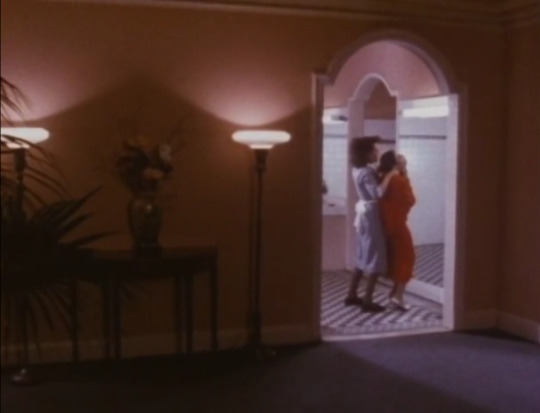

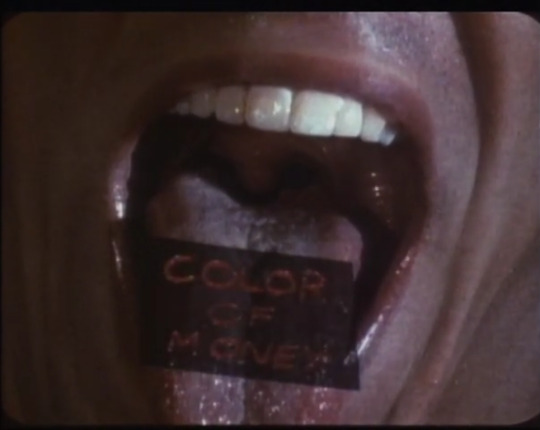
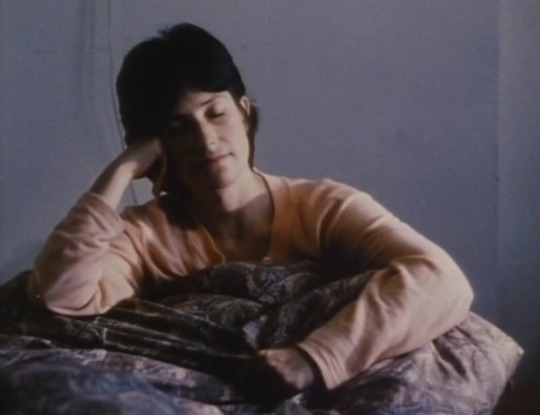


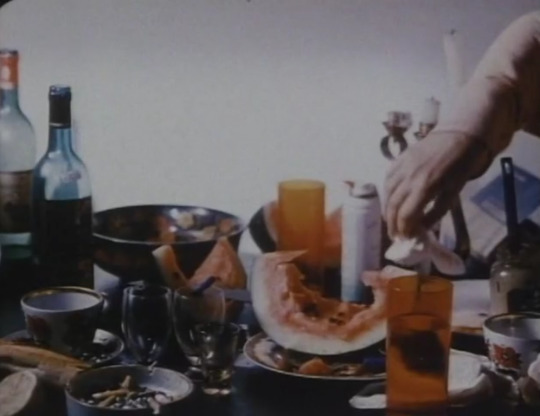
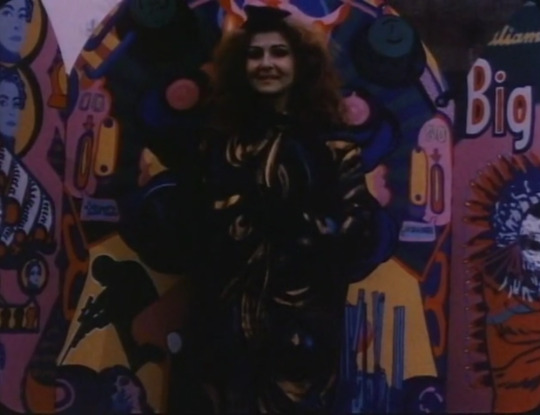
Seven Women, Seven Sins (1986)
#seven woman seven sins#ulrike ottinger#valie export#helke sander#chantal akerman#bette gordon#maxi cohen#laurence gavron#talks
25 notes
·
View notes
Photo
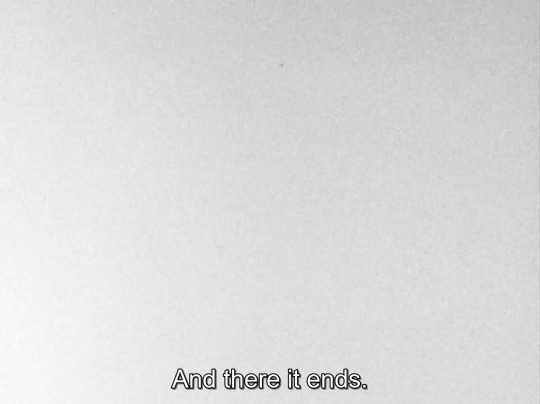
Subjektitüde (1966), dir. Helke Sander
#Subjektitüde#helke sander#60s#experimental film#feminist cinema#cinefeminism#short film#german cinema
88 notes
·
View notes
Text
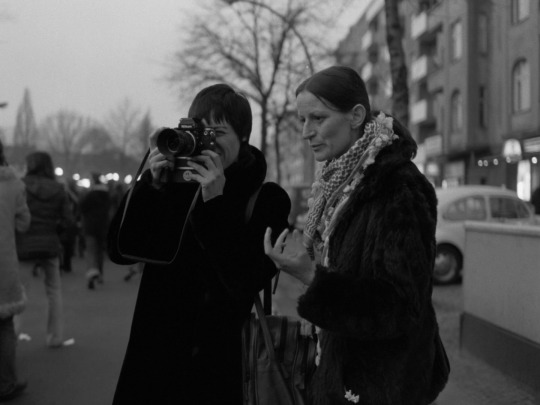

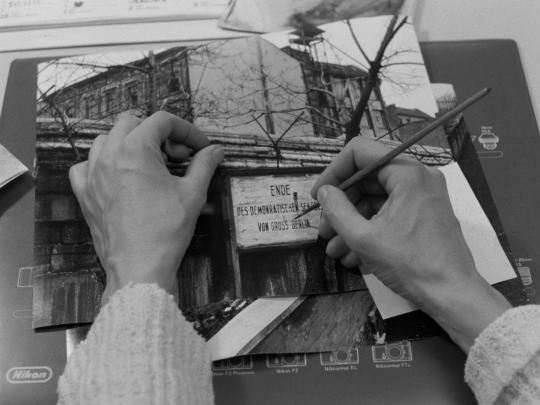





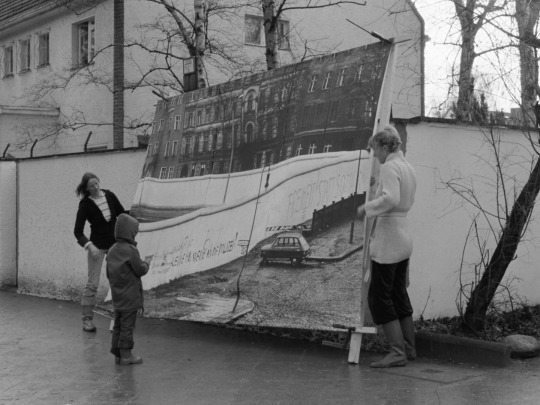

Helke Sander
- Redupers: The All-Round Reduced Personality
1977
#Helke Sander#The All Round Reduced Personality#Die allseitig reduzierte Persönlichkeit#german film#feminist film#1977#photographer
82 notes
·
View notes
Text
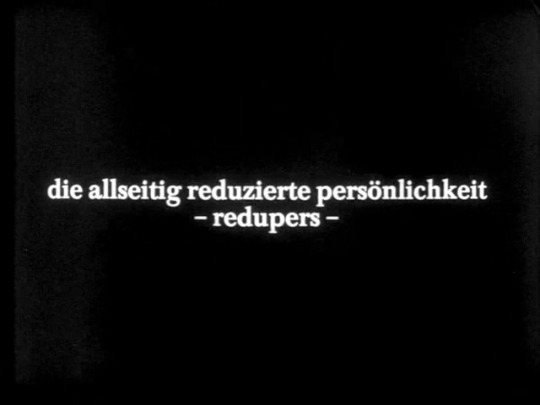
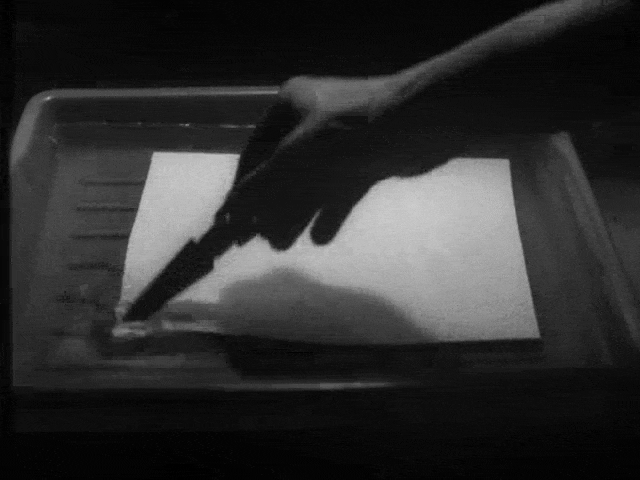
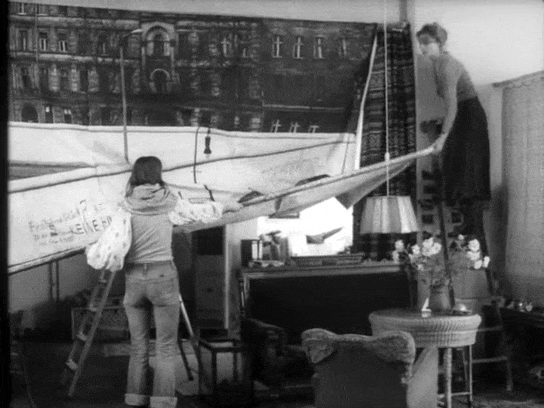
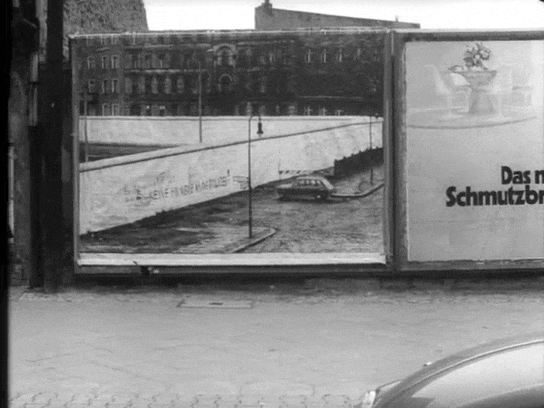
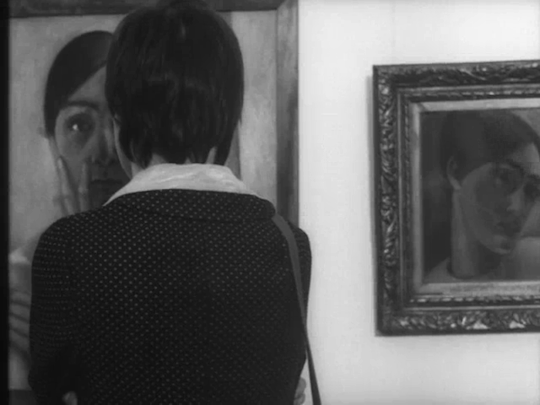
Helke Sander, {1978} Die allseitig reduzierte Persönlichkeit - Redupers (The All-Around Reduced Personality - Redupers)
#film#gif#helke sander#die allseitig reduzierte persönlichkeit#redupers#The All-Around Reduced Personality#1978#female filmmakers#black and white#berlin#photos in films#paintings in films#people#women#darkroom#the occiput#1970s#west germany#feature length#interiors
26 notes
·
View notes
Photo
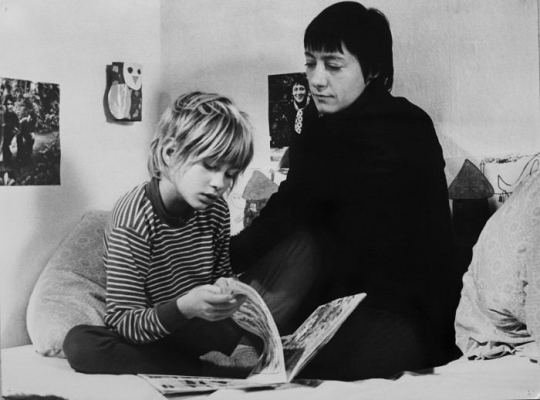
The All-Around Reduced Personality: Outtakes (Die Allseitig reduzierte Persönlichkeit - Redupers), Helke Sander (1978)
#Helke Sander#Joachim Baumann#Andrea Malkowsky#Ronny Tanner#Gesine Strempel#Gislind Nabakowski#Gisela Zies#Helga Storck#Katia Forbert#Esther Dayan Ulivelli#Ursula Höf#1978#woman director
3 notes
·
View notes
Text
“Völlerei? Füttern!” (1986)
Directed by: Helke Sander
Country: Germany
Length: 13 min.
Genre: Video-Art, Short
Cast: Michael Dick, Gabi Herz
Part of the «Seven Women, Seven Sins» series
#vollerei futtern#helke sander#feminism#germany#short#videoart#video-art#video art#1986#1980s#Dörte Haak#Michael Dick#Gabi Herz
1 note
·
View note
Photo
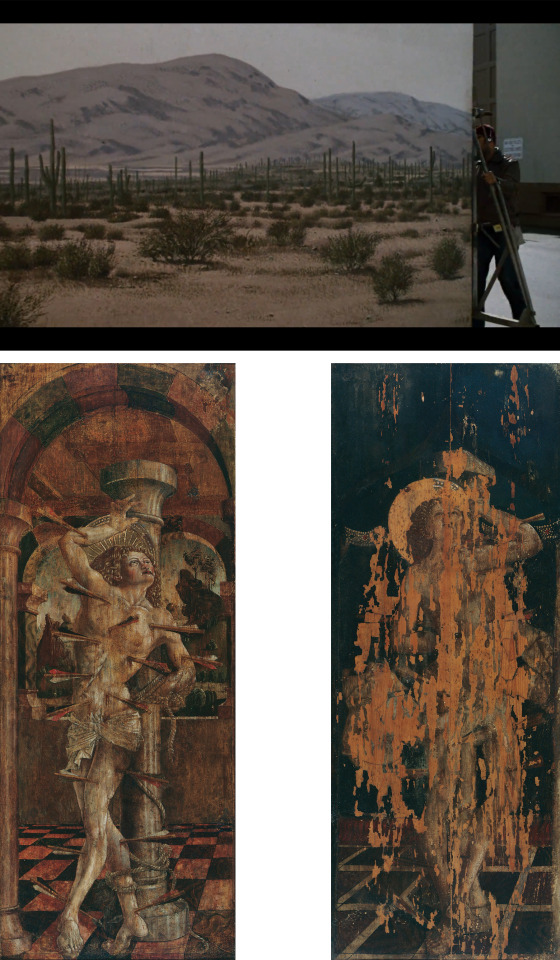
Top, screen capture from Body Double, directed by Brian De Palma, 1984. Bottom, Friedrich Pacher, St. Sebastian (left: inside), St. Sebastian (right: outside), Painting on fir wood, 175.5 x 62.3 cm, ca. 1480-90. Via.
See also, Katharina Sieverding x Helke Sander.
--
No matter in what part of the world a film story is laid, the chances are that most “foreign” scenery is filmed within a day’s drive of Hollywood. Few people would guess it on the screen. Even a native of Timbuktu would find it hard to pick flaws in screen scenery representing his own country.
Popular Mechanics, Vol. 64, No. 5., November 1935.
--
Time and motion are both illusions. Everything that has existed since the beginning of the world exists now. Events that occurred centuries ago on this planet continue to exist in another dimension of space. Events that will occur centuries from now exist already. We cannot perceive their existence because we cannot enter the dimension of space that contain them. Human beings as we know them are marely fractions, infinitesimally small fraction of one enormous whole.
Frank Belknap Long, from The Hounds of Tindalos, 1929. Via.
7 notes
·
View notes